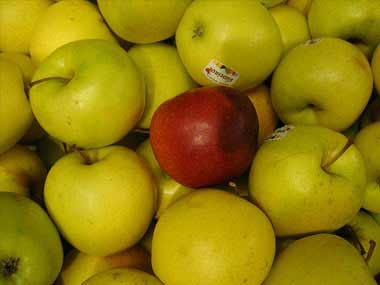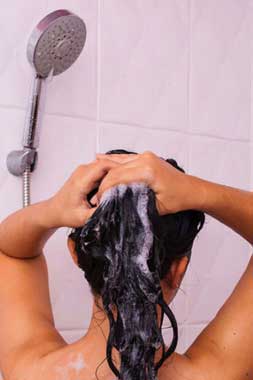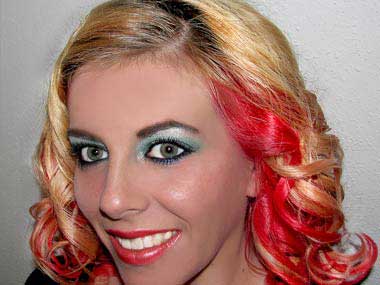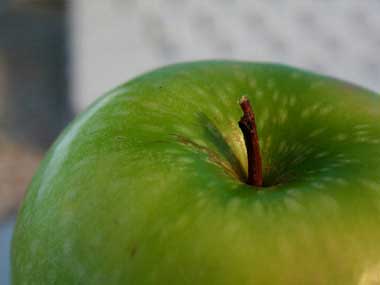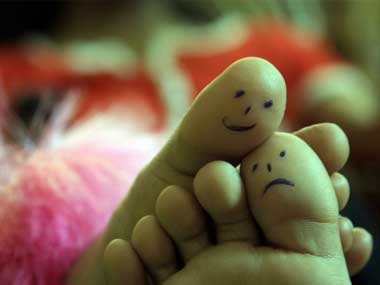Considering the calorific qualities of your daily meals is only one aspect that should always be under your firm attention. It is one thing keeping an eye on how what you eat will affect your weight, as well as your overall health. But another thing to look out for is what effect anything you ingest will be having on your oral hygiene.
When it comes to keeping your teeth white and healthy-looking, there are certain foods that are far better than others. These can loosely be termed ‘detergent foods'. The number one quality these should possess is that they should be crisp and firm.
The obvious advantage of this of oral hygiene is that unlike brushing teeth that can occasionally be forgotten, we all have to eat every day. All that rubbing up and down of your teeth with a brush can eventually seem like a bit of a chore. But choosing foods with proactive cleaning properties can be exciting. As you get into detergent foods you'll build up your own favourites – foods that you don't just enjoy for their taste, but also for their nutritional and bacteria-slaying properties!
Foodstuffs falling into this category are excellent for giving your teeth a rigorous workout, basically by the force of friction. In much the same way as your toothbrush will rub against the enamel, as well as scraping along the gums, these foods will help to remove plaque or bacteria by applying pressure. A lot of fruits and vegetables seem almost bespoke-designed to achieve the optimum detergent effect. If these were to be arranged into any sort of league table, then those examples that would constantly be battling for the premiership trophy would include celery, apples and raw carrots.
As well as forming the components of healthy salads, these are all relatively cheap foodstuffs. They are also terrific for children because it is actually pleasant and satisfying to really crunch into something with your teeth. Youngsters also go for brightly-coloured items, so will enthusiastically tuck into chopped uncooked carrots, or crimson apples.
Another excellent example of a 'detergent' food is popcorn. It is definitely one of life's pleasures to sit around on a lazy afternoon absorbing an entertaining family film. This experience is topped by having a large bowl of popcorn within easy delving reach of each participant. The popcorn itself is very good at getting right into the recesses of your teeth. Even better, popcorn has a porous quality that allows it to soak up saliva- and with that, unwelcome bacteria.
When it comes to planning your meals, it makes sense to ensure that you leave at least one type of detergent food to the very end. So once you have had your fill of courses that have left you with rich sauces or juices, simply pick up an apple and crunch away. This is a far more recommended way to conclude any feast than gorging on teeth-staining, sugar-infused chocolate mints, or pungent cheeses that are already riddled with their own bacteria colonies.

